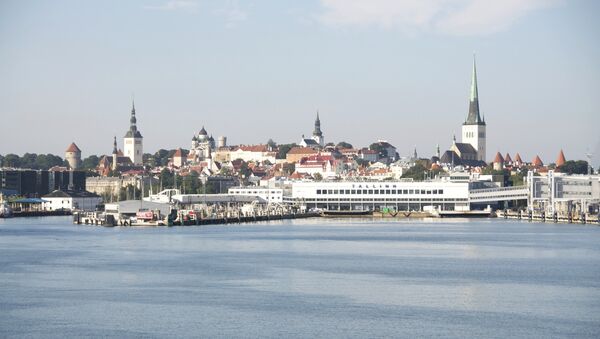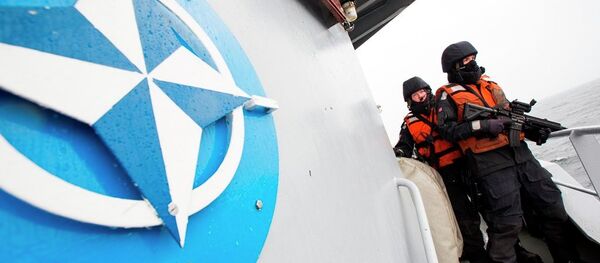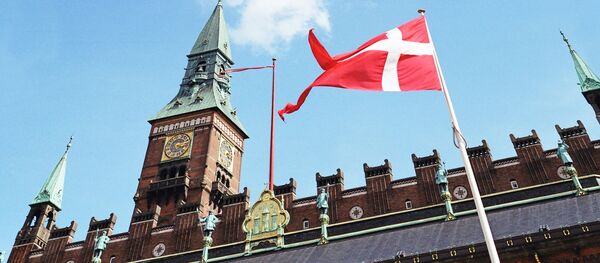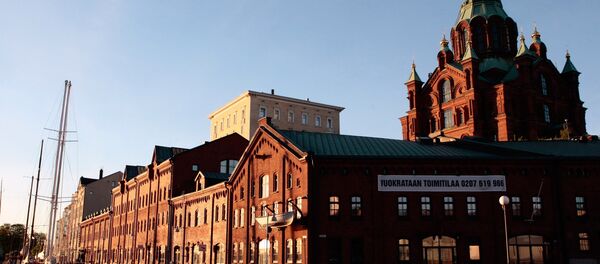For years, Helsinki and Tallinn have cherished the over-adventurous project, which would eliminate the need for the present-day ferries — as long as the EU would be willing to provide most of the estimated 13 billion euros in funding. Today, about eight million ferry journeys are made every year. The Helsinki-Tallinn ferries are a widespread tourist attraction, a popular 'booze cruise' for Finns and part of a weekly commute for thousands of Estonians working in the Finnish metropolitan area. Remarkably, in 2009, the EU refused to finance a similar feasibility study, while later allocating 100,000 euros in 2015.
The Helsinki-Tallinn tunnel study gets funded by the EU!https://t.co/sVO7zavoBT pic.twitter.com/7maSqeqVeD
— Visit Helsinki (@VisitHelsinki) 16 июня 2016 г.
According to earlier estimates by Finnish national broadcaster Yle, the grandiose scheme includes a 80-kilometer-long tunnel, which would stretch from Finland's Pasila railway station in Helsinki to Ülemiste district on the outskirts of Tallinn. The proposed tunnel would have a daily capacity of 25,000 passengers and offer 36-euro trips lasting about half an hour.
However, numerous reservations concerning both the viability of the project and technical details have been expressed. As pointed out by Finnish engineer Eero Pustinen in his article in Helsingin Sanomat, additional time would be required for acceleration and braking would inevitably delay the travel time to an hour. At the same time, extra time spent on getting to Tallinn's city center would extend the train ride to about the same time as a ferry trip.
Pustinen noted that there has long been an established and well-working system of passenger and freight traffic between the two cities and denounced the idea of splurging out billions of public money on a dubious tunnel. In 2007, plans to build an international expressway between Tallinn and Prague ran into problems when environmentalists successfully lobbied the European Commission to halt construction due to the proposed highway's ecological impact on Poland's wilderness.
The vision of a road connection from Helsinki to Tallinn is almost 150 years old. In Estonia's Harju county archives, drawings of a bridge to Helsinki, upheld with balloons, dating back to 1871, may be found.
Planning a trip to #Tallinn? Here are some good to know facts: https://t.co/57aQM6yg1m pic.twitter.com/U0NjFee12B
— Tallinn (@VisitTallinn) May 19, 2016





